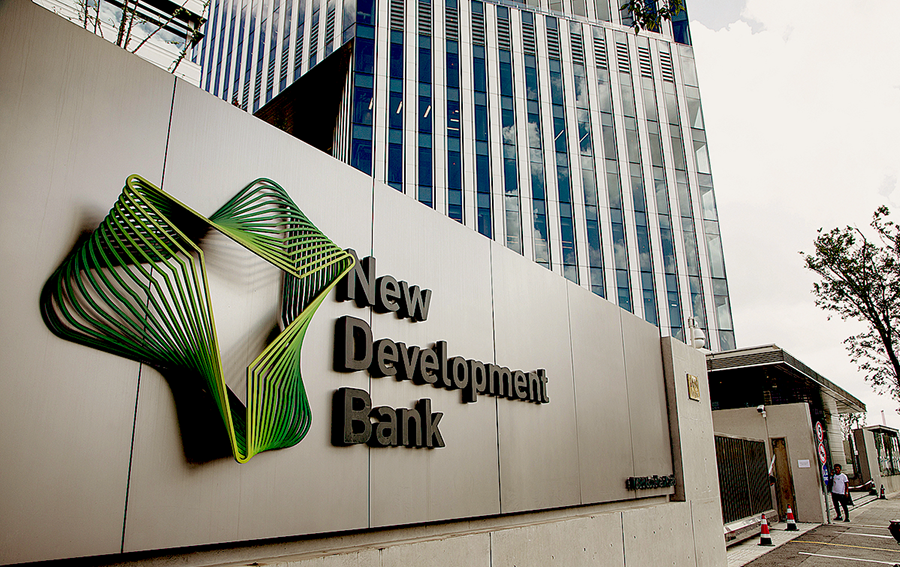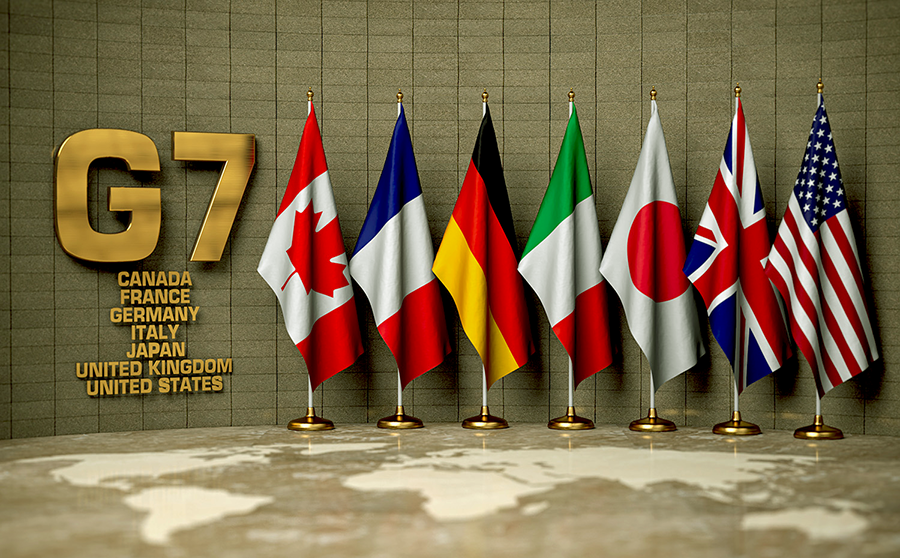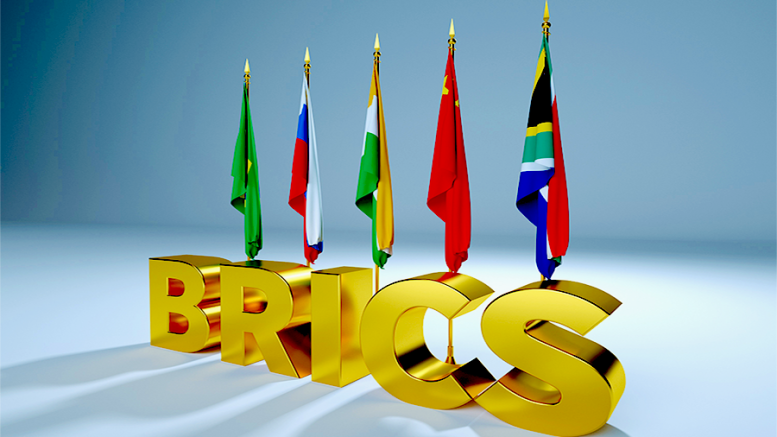Contributed by Joe Montero
The BRICS alliance will see many more countries joining at the 22-24 August According meeting in South Africa. This could end up with up to more than 40 new members, according to the latest media reports.
BRICS stands for the first letters of the five initial nations, Brazil, Russia, India, China, and South Africa. Its mission is to build better conditions for trade between its members. BRICS was born out of the experience of Great Financial Crisis of 2007-09, and an agreement by these rising economies to be less dependent on and disadvantaged by the western and United States dominated Bretton Woods global structure, including the International Monetary Fund (IMF) and Bank.
In 2014 the New Development Bank was established to mobilize resources for infrastructure and sustainable development projects, and to finance regional financial institutions and financial markets.

Photo from China Daily: The headquarters of New Development Bank in Shanghai
A Contingent Reserve Arrangement to address balance-of-payment difficulties and short-term liquidity problems is another and important new institution. Added to this was a new payments system designed as an available alternative to the western controlled SWIFT system.
Now that the world is facing new economic headwinds and greater global political tension, BRICS has become attractive to many other nations. There is also the pressure to acquire the means to invest in sustainable development.
The short term incentive is to fin protection against a now highly liberalized and more unstable currency exchange regime.
BRICS has been making progress in all areas, and has been proved to aid technology innovation, infrastructure development, and increase the collective output of members, relative to those nations remaining solely in the Bretton Woods system. By 2021, BRICS accounted for 26.1 percent of global GDP and 53.1 percent of the world population. The G7 nations, the old power houses, now only made up 43.5 percent of global GPD and represented only 9.8 percent of the population.
Although the G7 nations still account for a greater portion of the output of manufactures, energy, raw materials, and food, this is shifting. At the same time, BRICS far outstrips the G7 in terms of potential market.

The entry of many more nations into what is now being called BRICS+ will be a game changer. The inclusion of other large nations like Indonesia, Mexico, and Saudi Arabia will underline the shift. France has expressed interest and there is ongoing discussion with the European Union over what the relationship might be. All this doesn’t discount the importance of many other nations joining in.
The rule of the Bretton Woods system is coming to an end. Exactly what this means depends on how it unfolds. At the very last, western dominance will give way to a more balanced world. This is especially a problem for the United States. It will lose the profit extracted through its financial domination. The American dollar may even lose its role as the world’s principal exchange currency. BRICS nations are already increasingly using their own currencies.
Change is coming, although it will still take some time. No one wants to create unnecessary economic shock waves that will hurt everyone. But this also depends on how the west reacts to change. There is the risk of aggressive retaliation. If this is the response, all bets are off. The pace of change is most likely to accelerate. The wisest course is to adjust and accommodate to the new reality.
A world no longer dominated from one centre will encourage more economic and political collaboration as equals, and the best conditions to foster greater equality and lower tensions.


Be the first to comment on "What is BRICS and what does it promise to bring?"